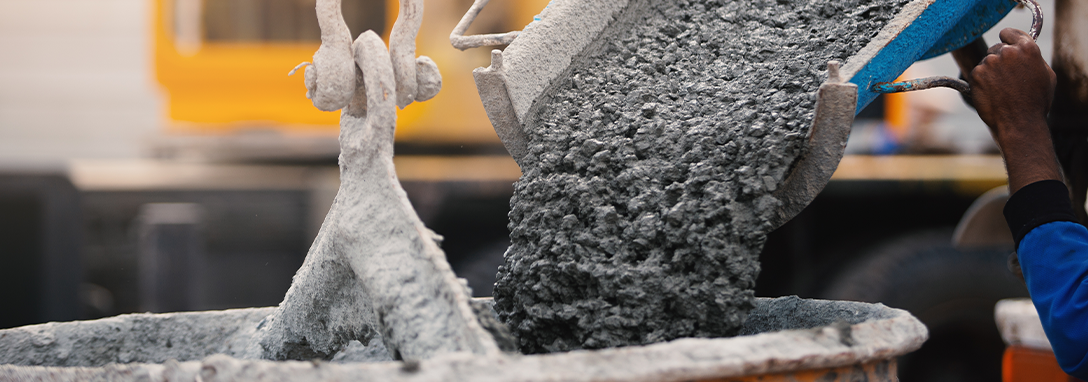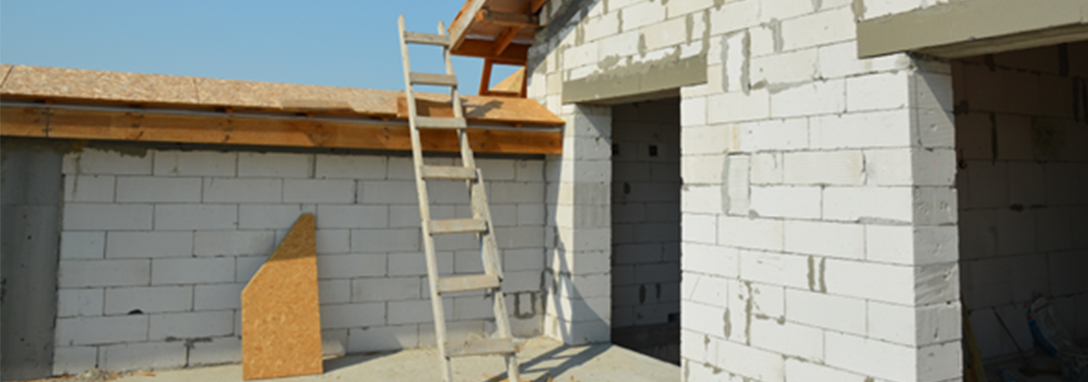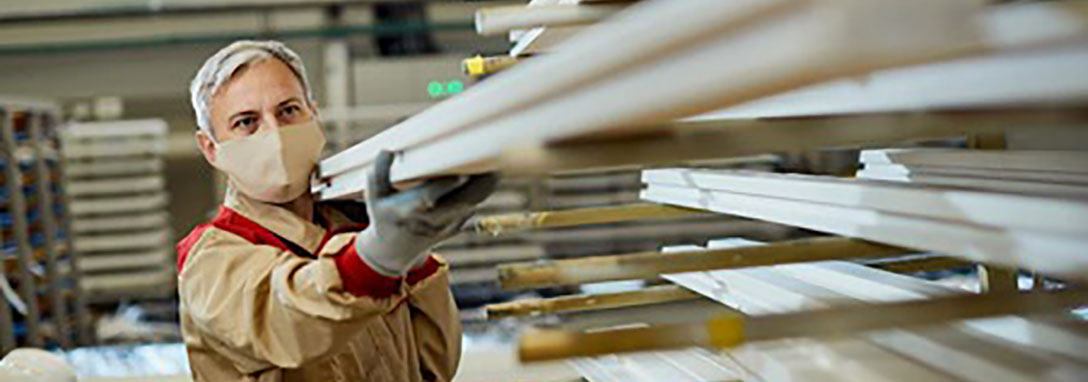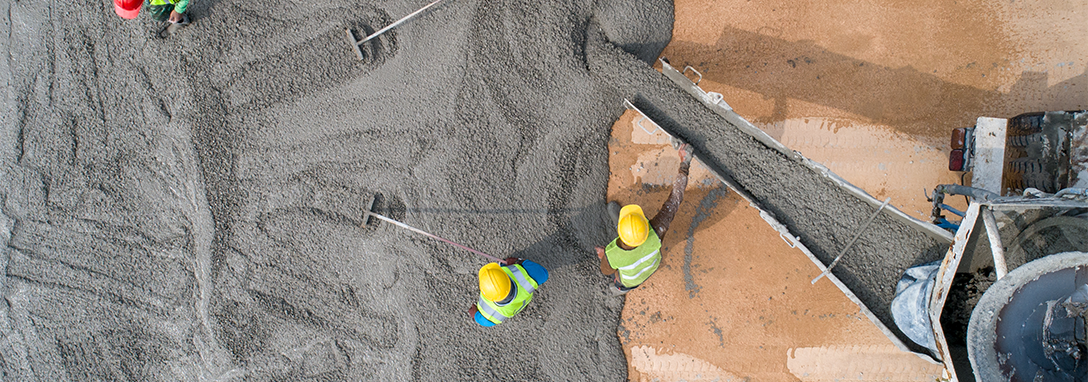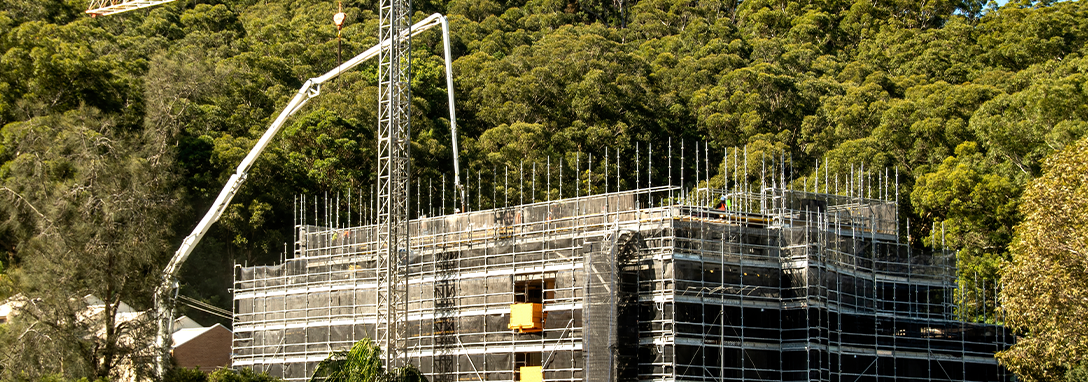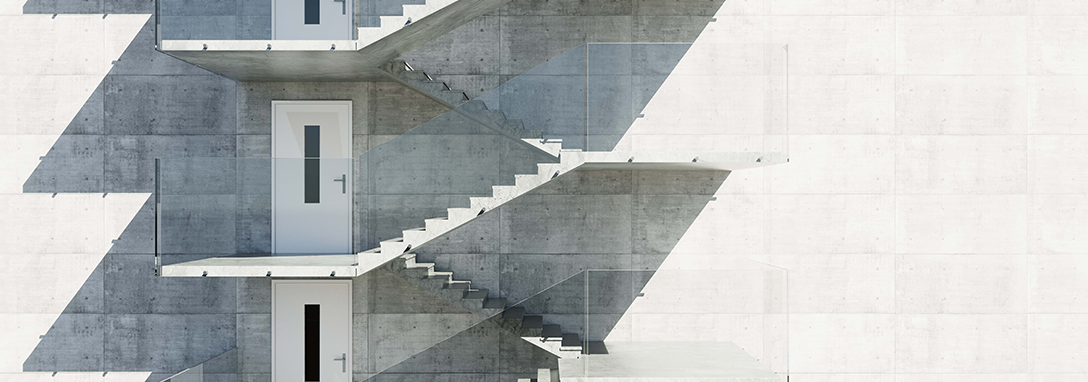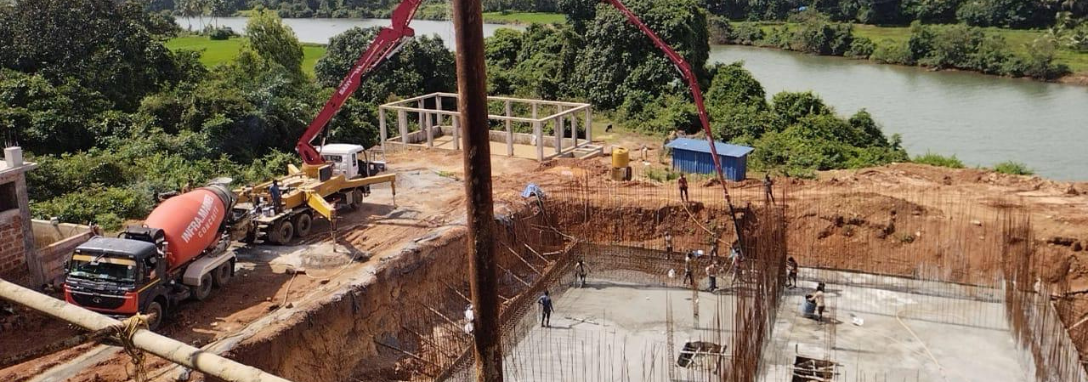What is Hot Weather Concreting
Environmental factors, especially extreme weather conditions, affect concrete quality and properties. Hot weather creates challenges, and the effect is more than just the timeline. There will be adverse consequences for the project if appropriate measures aren’t undertaken.
When concrete is mixed, transported, and poured in the raised temperature, under low humidity, and under solar radiation, or wind, it is termed hot weather concreting. This may lead to degradation of the qualities of hardened concrete by quick water loss or cement hydrations where precautions are to be born.
Hot weather coupled with humidity and wind plays a vital role in impacting the phases of concrete production and placement processes. They affect the overall strength and durability of concrete. Concrete mixed, placed, and cured at risen temperatures leads to earlier strengths than that produced and cured at lower temperatures.
Impact of Hot Climate Concreting
Success of hot-weather concreting operation generally relied on the measures taken to ease the cement hydration reactions within concrete and minimize the rate of moisture evaporation from freshly mixed concrete. However, here are some of the potential drawbacks caused by hot weather:
- Elevated water demand
- More slump loss
- Increased setting rate
- High tendency for plastic-shrinkage cracking
- Increased risk of dry shrinkage and thermal cracking
- Reduced 28-day and later strengths
- Better tendency for differential thermal cracking
- Tendency for differential thermal cracking
- Increased variability in surface appearance
- Enhanced permeability
Best Practices for Hot Weather Concreting
It is best to balance quality, costs, and availability of resources for hot weather concreting. While it is impractical to anticipate weather conditions and curing behavior, constant monitoring of the temperature and strength is critical to ensure efficient curing and other measures. Below are key tips for each phase of the concrete process.
Planning
It is important to foreknow, plan, and coordinate in the initial phases of concrete manufacturing process for success under warm conditions. Begin by understanding the humidity levels on the project site while casting and curing the concrete. It is essential to reflect upon the ideal hours to pour the concrete, expected temperature, and whether it will be beneficial to pour and finish the concrete the same day considering the expected temperature.
Batching and Mixing
After learning the anticipated weather conditions on site, the concrete mix design can assist in lowering the associated risk involved with hot weather concreting. Here are some of the aspects to take care of while batching and mixing.
- Reduce the cement content
- Add mineral admixtures
- Use Plasticizers
- Reduce concrete temperature
- Minimize transport time
Placing and Finishing
Warm weather conditions may lead to a risen moisture evaporating rate and reduced setting time, thereby resulting in the concrete mix being solidified quickly and hard to handle. Hence, the duration to place, finish, and cure concrete will be lower than normal circumstances. To circumvent elevated temperatures that can negatively affect concrete strength, shift the pouring time to late night or early morning. This may lead to concrete being cured for some time without the dominance of hot temperatures. It is important to connect with the batching plant and subcontractors well.
Curing
The main motive behind the entire curing phase is to assure that the cement hydration process achieves the maximum strength potential of the concrete mix. Moisture loss and extreme temperatures are the two most important things to be avoided.
The number of the above-mentioned tips to be taken depends on the type of construction, the temperature of the ambient air, low relative humidity, wind speed, concrete temperature, and others. A few or all the above precautions will be taken at a time based on neediness.
It is essential to have sufficient provisions for labor and placement equipment to minimize time required for placing and finishing the concrete rapidly. With the proper precautions it will be possible to control the effects of hot weather when placing and finishing concrete jobs to a high quality.


